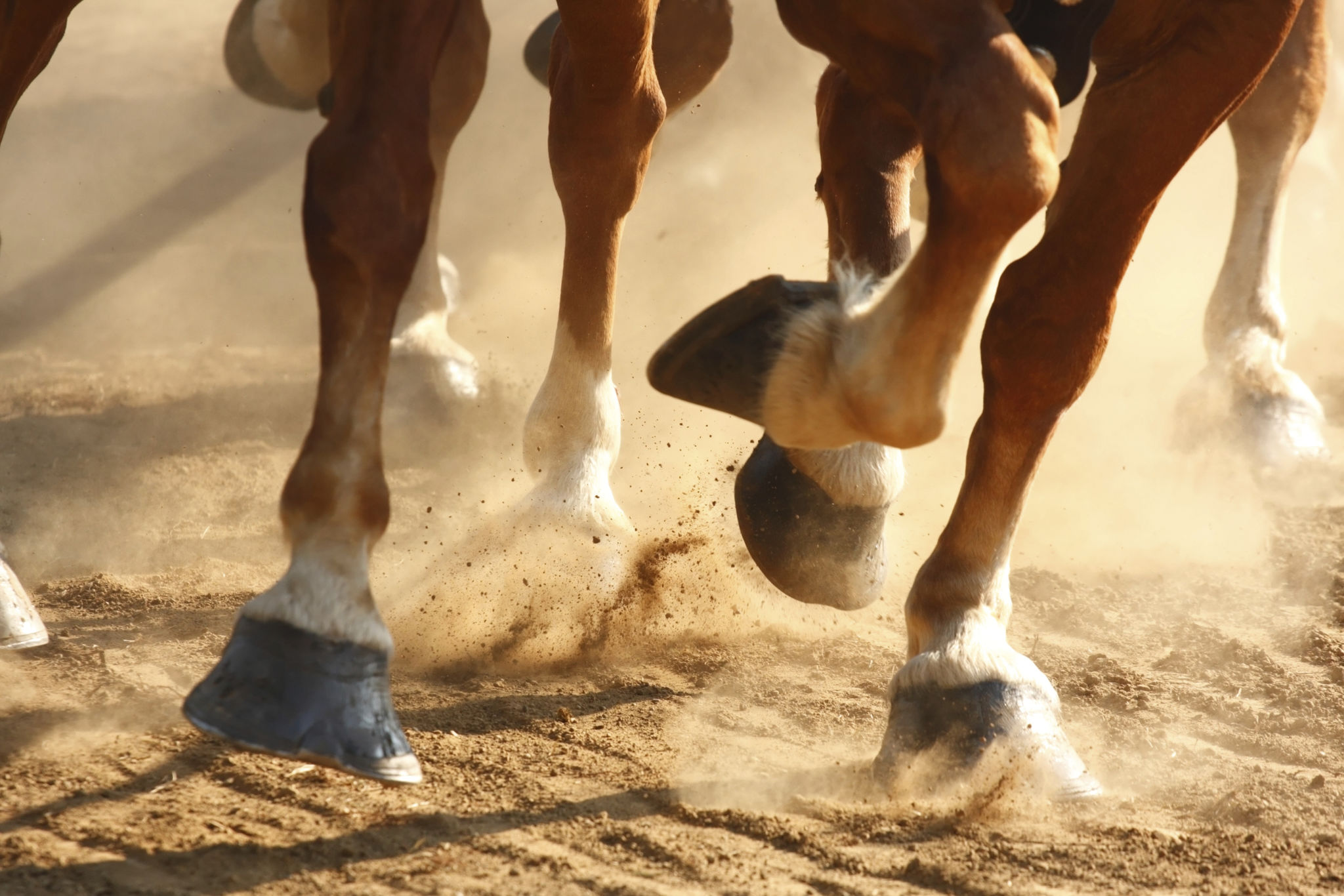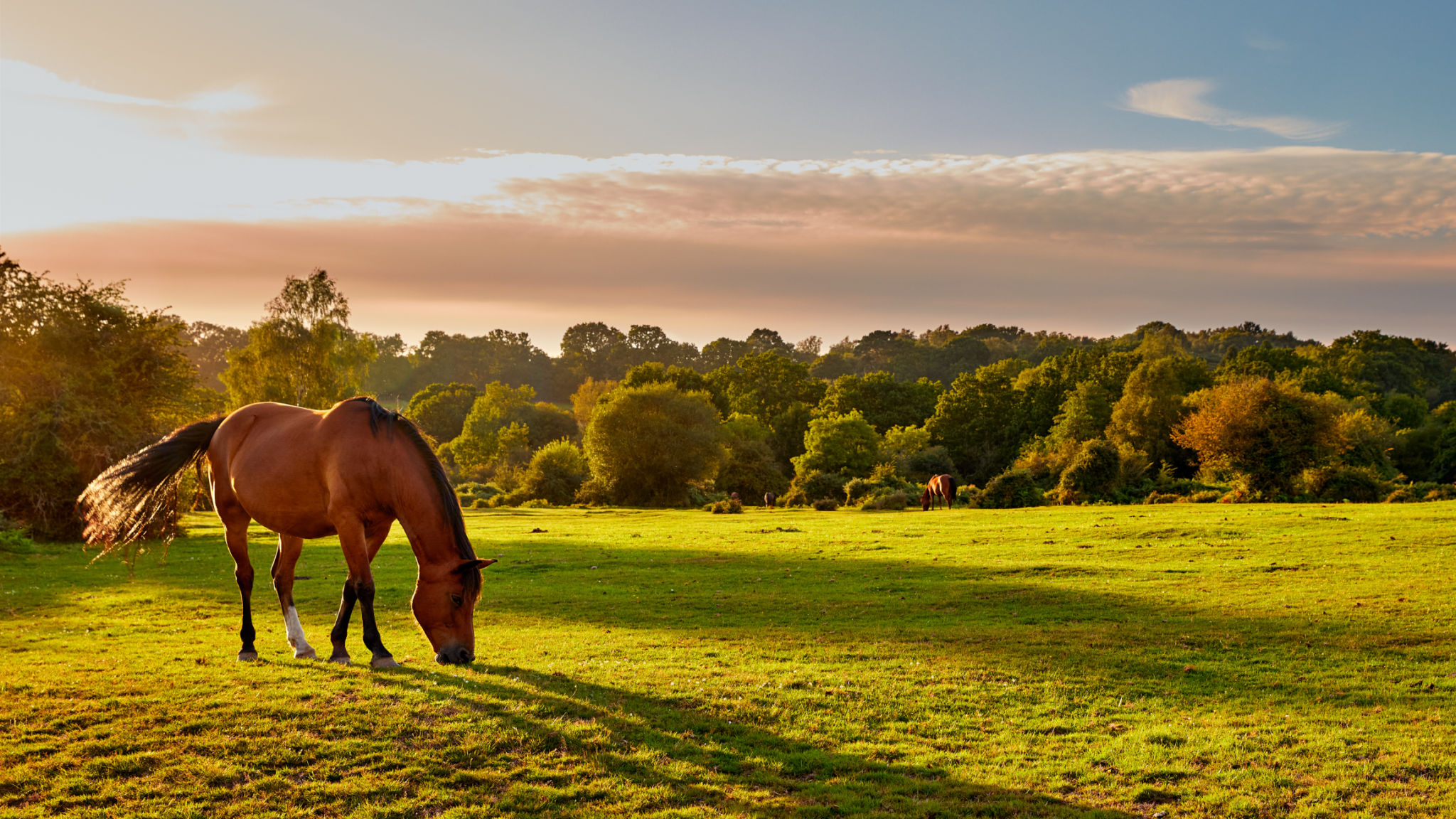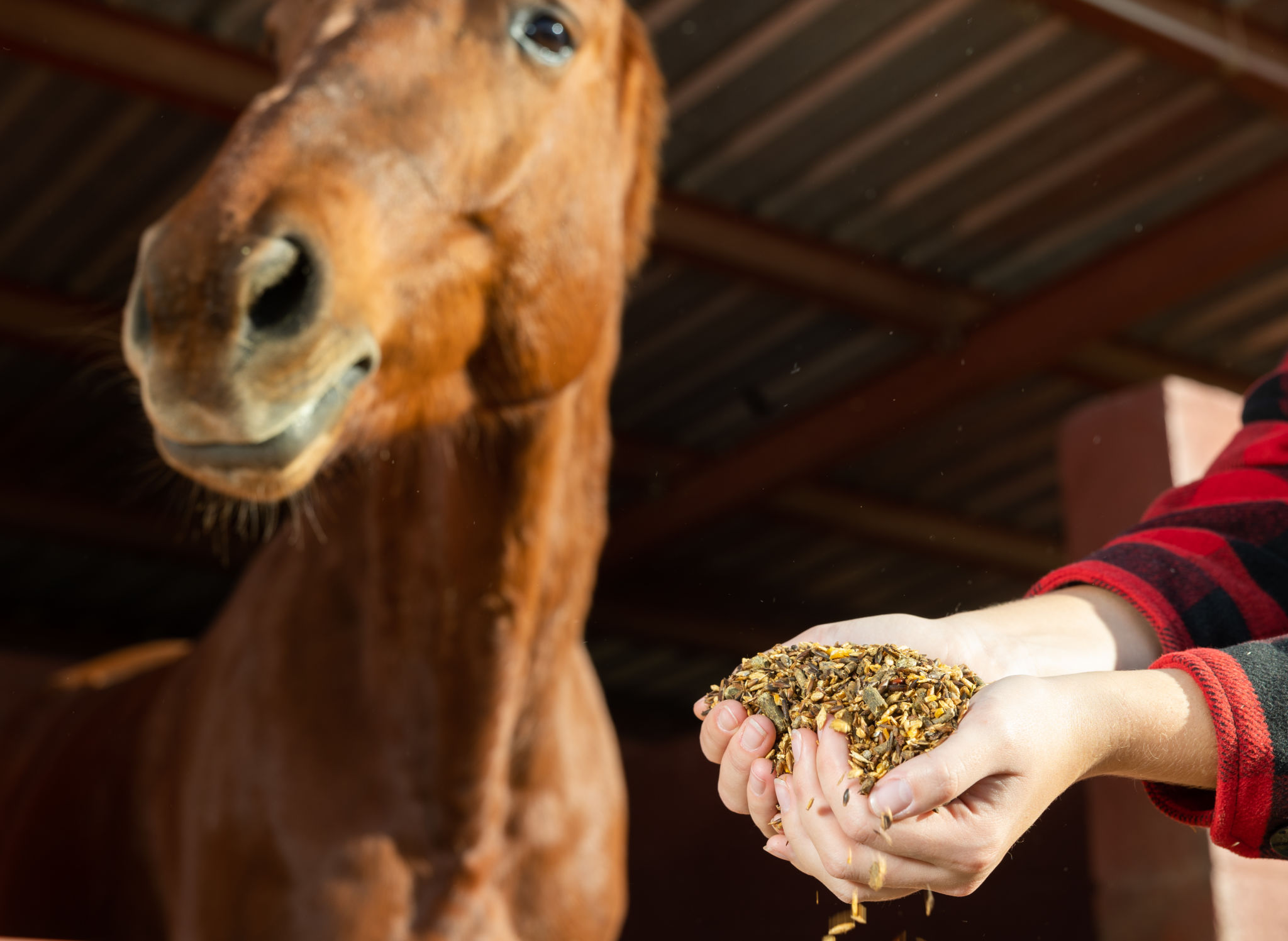Seasonal Hoof Care: Preparing Your Horse for Weather Changes
Understanding the Importance of Seasonal Hoof Care
As the seasons change, so do the conditions that affect your horse's hooves. Proper hoof care is crucial for maintaining your horse's overall health and performance. Whether it's the dampness of spring or the dryness of winter, each season presents unique challenges that can impact hoof health. Understanding these changes and how to manage them is key to keeping your horse comfortable and happy throughout the year.

Spring: Managing Moisture
Spring often brings increased moisture, which can lead to soft and weak hooves. Excess moisture can make hooves prone to infections such as thrush. To combat this, ensure your horse's living environment is clean and dry. Regular hoof cleaning is essential to remove mud and debris, which can trap moisture against the hoof.
Additionally, consider using a hoof conditioner to help maintain the proper moisture balance. A product that seals in natural oils while repelling excess moisture can be particularly effective during this time of year.
Summer: Tackling Dryness and Cracking
In contrast, summer months can lead to dry, brittle hooves due to increased heat and reduced humidity. This dryness can cause cracking, which compromises hoof integrity. To prevent this, provide regular applications of a moisturizing hoof dressing. Look for products containing natural oils that penetrate and nourish the hoof.

Ensure your horse has access to plenty of fresh water, as hydration plays a significant role in maintaining healthy hooves. Additionally, regular trimming by a professional farrier will help prevent overgrowth and cracking.
Autumn: Transition and Preparation
The autumn season is a transitional period for horses, often requiring adjustments in hoof care routines. As pastures become wet and muddy, it's important to continue the practices from spring to prevent moisture-related issues. Regular inspections for signs of thrush or other infections are advisable during this time.
With winter approaching, now is also the time to consider whether your horse needs shoes for added protection. Consult with your farrier to determine the best plan based on your horse's activity level and environment.

Winter: Navigating Cold and Ice
Winter brings its own set of challenges, including cold temperatures and icy conditions. Hoof growth tends to slow down during this season, but regular trimming remains essential to maintain balance and prevent slipping on icy surfaces.
For horses that are shod, consider using snow pads or traction devices to prevent snow accumulation and improve grip. Barefoot horses may benefit from regular checks to ensure no ice balls form in their hooves, which can cause discomfort or injury.
Year-Round Tips for Optimal Hoof Health
No matter the season, incorporating a balanced diet rich in essential nutrients is critical for strong hoof growth. Biotin, zinc, and omega fatty acids are particularly beneficial for hoof health. Always consult with a veterinarian or equine nutritionist to tailor a diet plan that suits your horse's specific needs.

Lastly, maintaining a consistent schedule with a trusted farrier is vital. Regular trims and inspections will help catch potential problems early and ensure your horse's hooves remain in top condition throughout the year.
By adapting your hoof care routine to the changing seasons, you can greatly enhance your horse's comfort and well-being. With proper attention and care, your equine companion will be ready to tackle any weather Mother Nature throws their way.